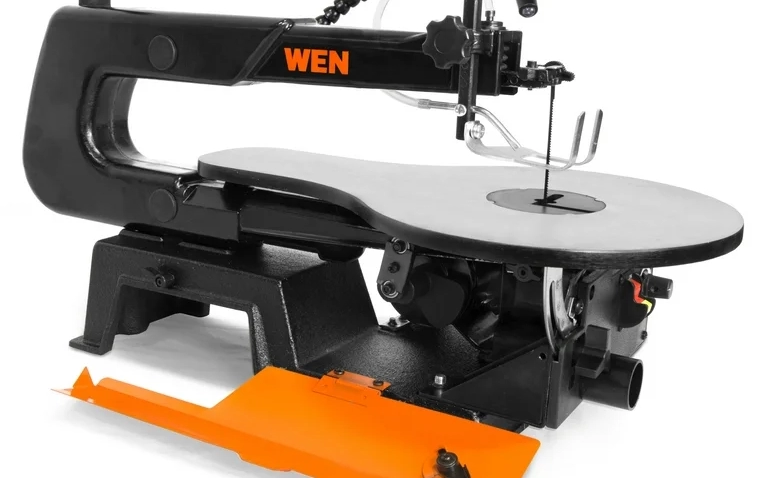
The Alluring Art of Scroll Sawing: From Beginner to Enthusiast
The world of woodworking offers a vast array of tools, each with its own unique purpose. But for those drawn to intricate details and delicate designs, the scroll saw reigns supreme. This versatile power tool allows you to create captivating art forms and functional objects, all from the comfort of your workshop.
So, what exactly is a scroll saw? In essence, it’s a stationary power saw specifically designed for cutting intricate shapes and curves in thin wood. Unlike its larger cousin, the band saw, the scroll saw utilizes a thin, vertically mounted blade that rapidly moves up and down, enabling precise cuts with tight radii.
But the magic of the scroll saw goes beyond its technical specifications. It unlocks a world of creative possibilities, making it a favorite among hobbyists, professional woodworkers, and even crafters.
Taking Your First Steps: Essential Scroll Saw Basics
Before diving headfirst into the world of scroll saw projects, familiarizing yourself with the basic components and functionalities is crucial. Here’s a breakdown of the key elements:
- The Worktable: This flat surface serves as the platform for your wood. Look for a table that tilts for angled cuts and features a clear throat (the opening where the blade exits the table) for better visibility.
- The Arm: This sturdy arm holds the upper blade clamp and provides tension for the blade.
- The Blade Clamp: This mechanism secures the top end of the blade. Different scroll saws may have quick-release clamps for easier blade changes.
- The Blade: The heart of the scroll saw, the blade comes in various thicknesses and tooth counts. Thicker blades offer straighter cuts, while finer blades are ideal for intricate details.
Mastering the Fundamentals: Techniques for Scroll Saw Success
Once you’re comfortable with the basic setup, it’s time to explore cutting techniques. Here are some key practices to enhance your scroll sawing experience:
- Blade Selection: Choosing the right blade for your project is paramount. Thinner blades with more teeth per inch (TPI) are ideal for intricate cuts, while thicker blades with fewer TPI are better for straighter cuts in thicker wood.
- Drilling Pilot Holes: Starting your cut with a pre-drilled hole allows you to insert the blade within the material and begin cutting intricate shapes.
- Following the Pattern: Trace your desired pattern onto the wood using a pencil or transfer paper. Alternatively, you can secure a pre-cut template directly onto the wood.
- Cutting Curves: When navigating curves, slow down your cutting speed and allow the blade to do the work. Forcing the cut can lead to blade breakage.
- Internal Cuts: To make cuts inside a solid piece of wood, drill a pilot hole large enough to accommodate the blade, then insert the blade and begin cutting.
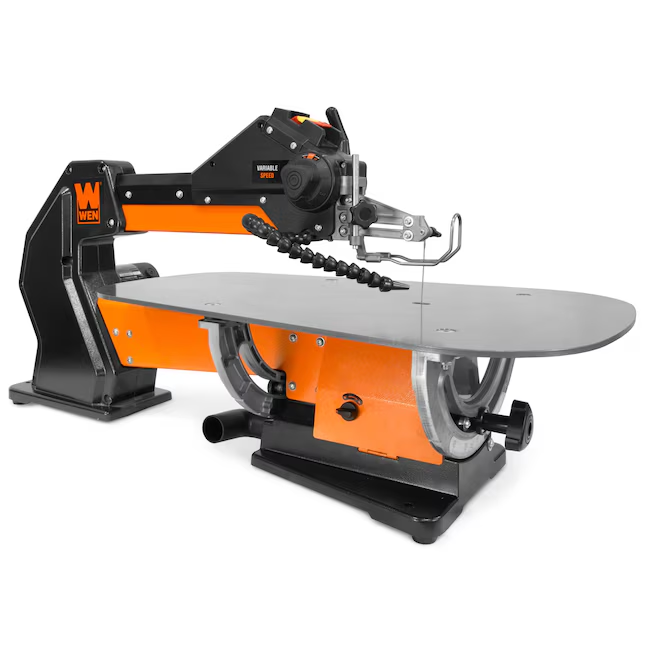
Safety First: Essential Precautions for Scroll Sawing
As with any power tool, safety should always be your top priority. Here are some crucial safety tips to remember:
- Wear Eye Protection: Safety glasses or a face shield are essential to guard against flying debris.
- Maintain a Clean Work Area: A cluttered workspace can lead to accidents. Keep your work area free from scrap wood and other loose materials.
- Secure Your Workpiece: Use clamps to firmly hold your wood to the worktable to prevent it from shifting while cutting.
- Unplug the Saw When Changing Blades: Always disconnect the power source before changing blades or performing any maintenance.
Beyond the Basics: A World of Scroll Saw Projects Awaits
With the fundamental techniques mastered, the possibilities with a scroll saw are truly endless. Here are a few project ideas to spark your creativity:
- Fretwork: This decorative technique involves creating intricate cutouts, often used for furniture accents or decorative panels.
- Intarsia: This art form involves precisely cutting and assembling different colored wood pieces to create a cohesive picture.
- Puzzles: The scroll saw is a fantastic tool for creating custom puzzles, perfect for a personalized gift or brain teaser.
- Jewelry and Ornaments: With the right blade, you can create beautiful and unique wooden jewelry pieces or decorative ornaments.
- Home Décor: From elegant wall hangings to functional spoon racks, the scroll saw lets you add a touch of personalization to your living space.
The Scroll Saw Community: A Source of Inspiration and Support
As you embark on your scroll sawing journey, don’t hesitate to tap into the wealth of knowledge available online and in your local woodworking community. Online forums, social media groups, and woodworking clubs are excellent resources for finding project inspiration, troubleshooting techniques, and connecting with fellow enthusiasts.

Investing in Your Craft: Choosing the Right Scroll Saw
For beginners, a basic scroll saw with adjustable speed control and a good dust collection system is a great starting point. Look for features like a variable-speed control that allows you to tailor the cutting speed to the thickness of your material and the intricacy of your design. A good dust collection system helps maintain a clear work area and improves visibility while cutting.
As your skills progress, you may consider investing in a more advanced scroll saw that offers additional features:
- Throat Depth: A larger throat depth allows you to cut wider pieces of wood.
- Quick-Release Blade Clamps: This feature makes changing blades faster and more convenient.
- Foot Pedal On/Off Switch: A foot pedal allows you to control the power without taking your hands off the workpiece.
- Laser Guide: A laser guide can help you visualize the cutting line and improve accuracy.
Remember, the best scroll saw for you depends on your budget, skill level, and desired projects. Don’t hesitate to research different models and read reviews before making your decision.
Maintaining Your Scroll Saw for Optimal Performance
Just like any other tool, proper maintenance is crucial for ensuring the longevity and performance of your scroll saw. Here are some key maintenance tips:
- Cleaning: Regularly clean your scroll saw to remove dust and debris. Use a compressed air can to blow out dust from the motor and other components. Wipe down the table and other surfaces with a damp cloth.
- Lubrication: Refer to your saw’s manual for specific lubrication instructions. Some scroll saws require occasional lubrication of specific parts to ensure smooth operation.
- Blade Changes: Don’t force a dull blade. Replace dull or broken blades promptly to maintain cutting accuracy and prevent frustration.
The Ever-Evolving Art of Scroll Sawing: Advanced Techniques and Tips
For the aspiring scroll saw enthusiast, there’s always more to learn. Here are some advanced techniques to elevate your craft:
Stack Cutting:
This technique involves cutting multiple pieces of wood simultaneously, creating identical shapes for projects like intarsia.
Reverse Pinching:
This involves cutting a small section from the inside of a curve, allowing you to then maneuver the blade and complete the cut.
Sanding Techniques:
Mastering different sanding techniques is essential for achieving a smooth and polished finish on your scroll saw projects.

The Final Cut: A Rewarding Journey of Creativity
Scroll sawing offers a unique blend of technical skill and artistic expression. Whether you’re a seasoned woodworker or a curious beginner, this versatile tool opens doors to a world of creative possibilities. With dedication, practice, and the right guidance, you can transform simple pieces of wood into intricate works of art and functional objects that bring joy to yourself and others. So, grab your scroll saw, unleash your creativity, and embark on this rewarding woodworking adventure.




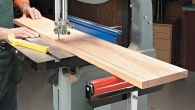

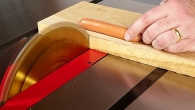
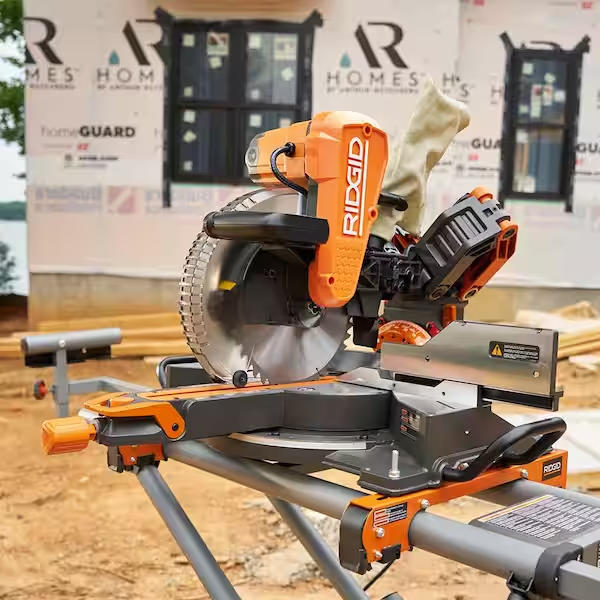
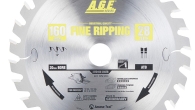

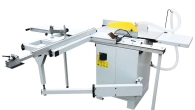
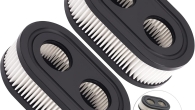
Leave a Reply